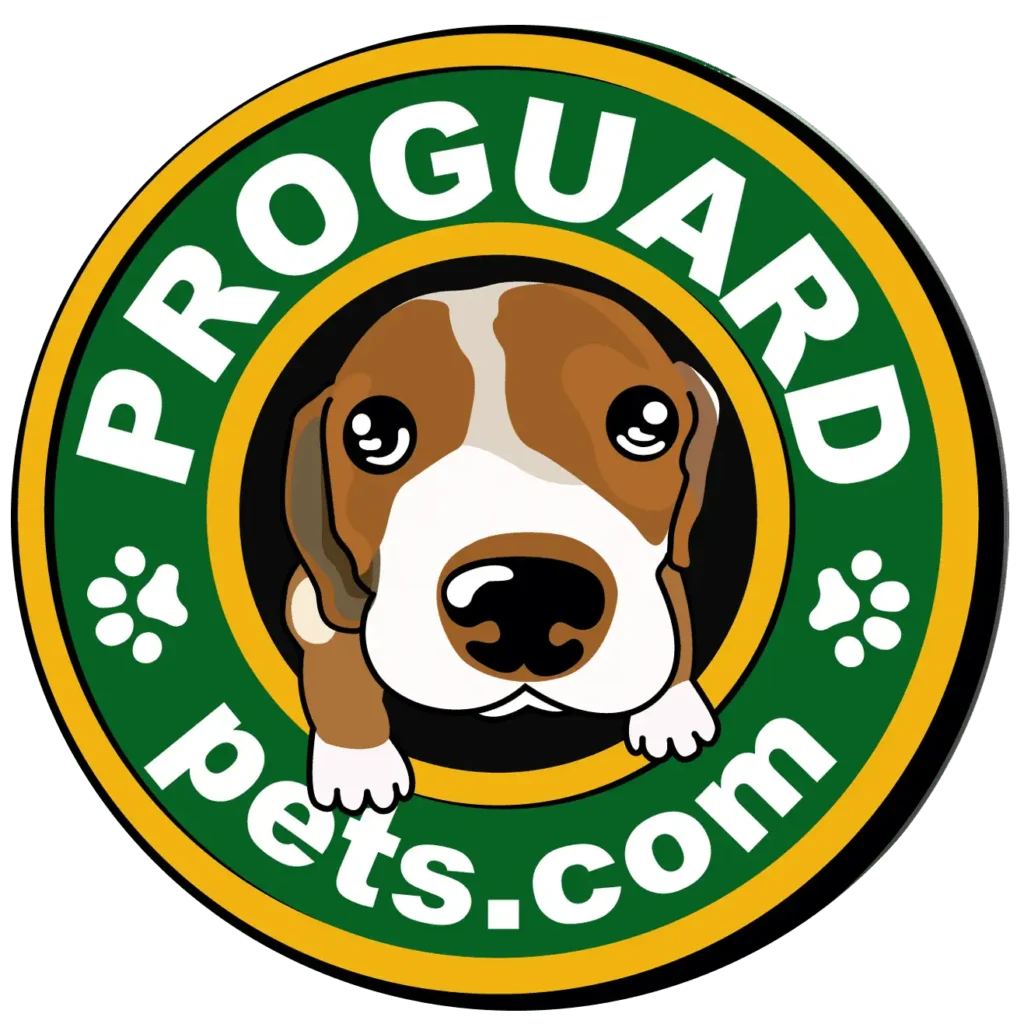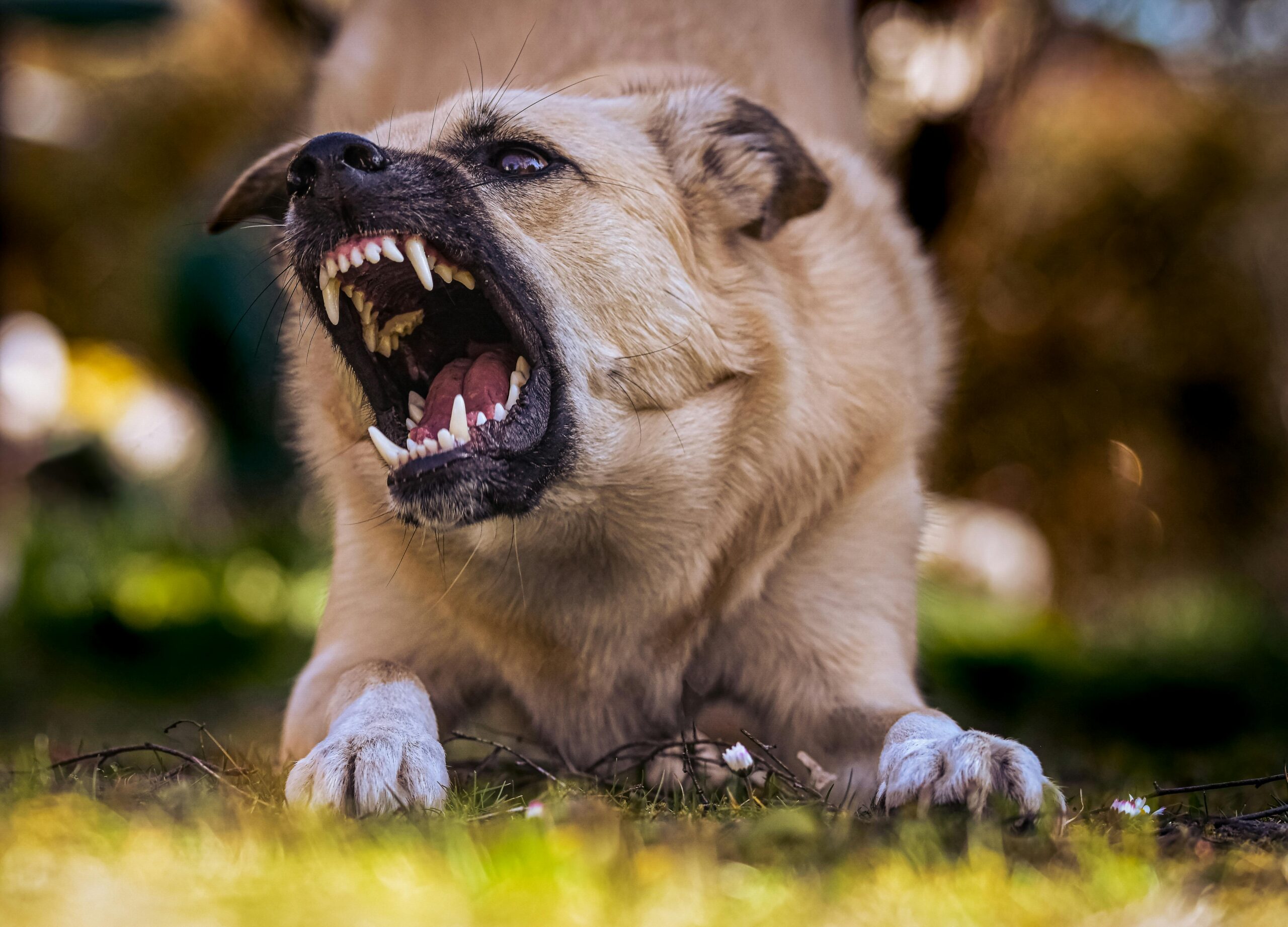Fitness is an essential part of the dog’s health and well -being, which helps keep their coat clean, skin healthy and nails. However, for some dogs, fitness sessions can also be stressful or terrifying, which causes aggressive behaviors to grow, snapping or bites. As the owner of a groom or pets, it is important to manage these situations safely and effectively – not only for your safety but also for dog comfort and health.
In this article, we will look for practical strategies and tools to help handle aggressive dogs during fitness sessions, guaranteeing a safer and more pleasant experience for everyone involved.
Understanding why a dog becomes aggressive during fitness
Before diving to handle aggressive behavior, it is important to understand why some dogs react aggressively during fitness.
Fear and anxiety
Many dogs are not used to caring, especially if they contain unknown tools or sensations such as mowers, scissors or nails. An unknown atmosphere and handling can cause fear, cause protective aggression.
Pain or discomfort
Dogs with sensitive skin, wounds or painful joints can be aggressive if fitness causes discomfort. Common tasks, such as brushing the meat fur or streaming nails, can also stimulate the answers to pain.
Experiences of the trauma of the past or negative
Dogs that have bad experiences with condition in the past can fitness of pain or fear, which increases the likelihood of aggressive behavior.
Lack of socialization or exercise
Trained or involved dogs to carry handling can fight to stay calm during the condition.
Understanding the cause of aggression helps you fit your approach to handling effectively.
Important tips for handling aggressive dogs
1. Stay calm and confident
Dogs are very sensitive to human feelings. If you remain calm and composed, this can help calm the dog’s anxiety. Avoid sudden movements or high voices as they can scale aggression. Speak in a kind and reassuring tone.
2. Use the correct safety equipment
Security must always be its main priority. The use of specialized care tools, such as soft muzzles, restriction collar and recording nozzles, can help control the dog safely by minimizing stress. For example, Progguards’s Sobtie series is designed to be comfortable and breathable, allowing pants and drinking water to keep them safe.
3. Evaluate dog before preparation
Spend some time to see the dog before starting the cleanliness session. Look for signs of anxiety, such as painting, licking the lips, yawning or hard body language. If a dog shows the first signs of aggression, take extra precautions.
4. Gradual Desensitization
If possible, in many sessions, introduce fitness tools and processes slowly. Let the dog check before using clippers or brushes. Reward calm behavior with eating things and appreciation to create positive organizations.
5. Use appropriate handling techniques
Supply a dog’s body safely without discomfort. Humble restraint methods are more appropriate to avoid increasing fears. Avoid strong holds or sudden grip, as this can stimulate protective reactions.
6. Avoid painful areas
If you find that some spots are causing pain or sensitivity, take extra care or consult a veterinarian before proceeding. Sometimes dog aggression is due to the underlying medical problem that needs attention.
When seeking professional help
It is important to identify when the dog’s aggression is serious or you find insecure, when seeking help from veterinarians or professionals like certified dog behavior. They can evaluate dog behavior and health, provide recommendations or training plans to improve tolerance to fitness.
Why are quality fitness products important
The use of safety and comfortable high-quality fitness products can make a big difference. For example:
- Soft muzzles reduce stress and prevent bites without restricting breath or painting.
- Fitness restraint callers and nois help protect the dog gently, reducing the risk of movement and injury.
- Comfortable aprons and gloves protect the fitness while handling difficult dogs.
At Progard Pets, we specialize in fitness products of engineering to balance safety and comfort. Our patent design ensures that dogs find less restrained, which can reduce discomfort and aggression.
Step-by-step guide: safely handling aggressive dogs
Prepare your space
Make sure your fitness area is quiet, calm and free from interruptions. All tools are ready to reduce the time to spend a dog handling.
Present a safety gear
Use soft fun and fitness noise if necessary. Allow the dog to adjust a moment to these items before proceeding.
Bent
Give the dog a safe but comfortable position. Support their body and avoid tight grip.
Start with less sensitive areas
Before going to the face, paws or tail, aggression, such as the back or sides, is less likely to stimulate aggression.
Eat things and use appreciation
Calm behavior with eating things to strengthen positive organizations.
Look for warning signs
If the dog shows signs of increasing aggression, allow a break and a break or consult a professional.
Ultimate ideas
During fitness sessions, handling of aggressive dogs requires patience, ge knowledge and proper equipment. Understanding the causes of aggression and implementing safe, compassionate handling techniques, fitness and pet owners can reduce stress and create a safe fitness environment.
Remember, it is not appropriate for a fitness session to hurt yourself or a dog. When in doubt, always seek specialist advice or professional training to effectively manage aggressive behavior.
If you own a professional groom or pets, are looking for reliable and comfortable fitness safety products, check out the new muzzles, restraint collars and more stressful for you and your furry friends.

